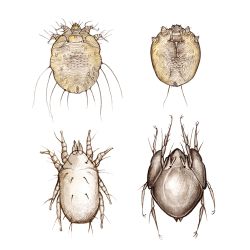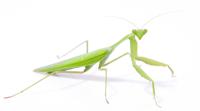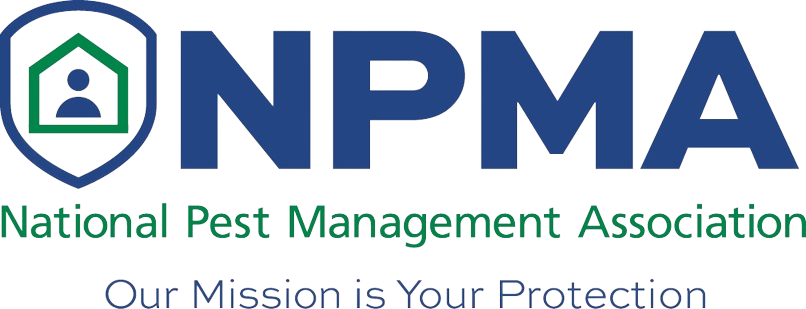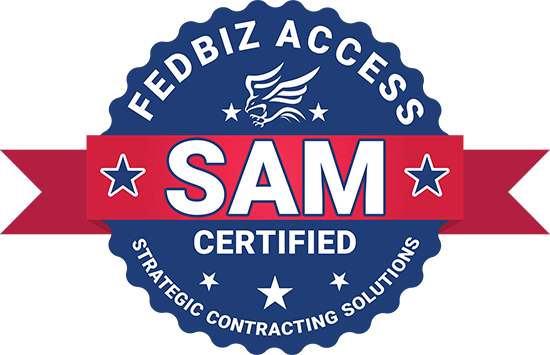 Description:
Description:
Flour mites are very tiny little creatures, but they can still be pests. A flour mite, sometimes called a grain mite, appears harmless number of other pests, such as tiny scavenger mites and book-lice, may also infest stored food products. This is particularly true if the food is stored under moist conditions. The grain or flour mites are one of the most important mites infesting food and feed products, cereals, dried vegetable materials, cheese, corn and dried fruits. Grain mites proliferate under high moisture conditions and are often found in conjunction with fungal growth. Severe infestations result in brownish tinge over the commodity, called "mite dust" because of the light brown coloring of the mite legs. This "mite dust" gives off a "minty" odor if the mites are crushed. Grain mites are widely distributed throughout the temperate regions, but only occur in tropical areas unless a constant influx of new mites is supplied via contaminated goods.
Appearance:
Adult are 0.5 mm long with 4 pairs of legs white or pale brown. Slow moving. Larva is 6 legged and 0.5 mm long white in color. Passes through two, 8 legged nymphal stages.
Lifecycle:
Female grain mites may lay up to 800 eggs which are deposited on the surface of food material at the rate of approximately twenty to thirty per day. Under adverse conditions, may pass through a long and very resistant stage called a hypopus.
Habits:
Grain mites primarily attack the germ. Grain mites can cause "grocer's itch" in humans exposed to the mites. Some persons may be allergic to mites.






